‘It’s a human story’: Baserange is creating underwear for real bodies
As Copenhagen-based brand Baserange reaches ten years – and adds menswear and homeware to its offering – we catch up with the founders about their non-conformist approach to body- and underwear
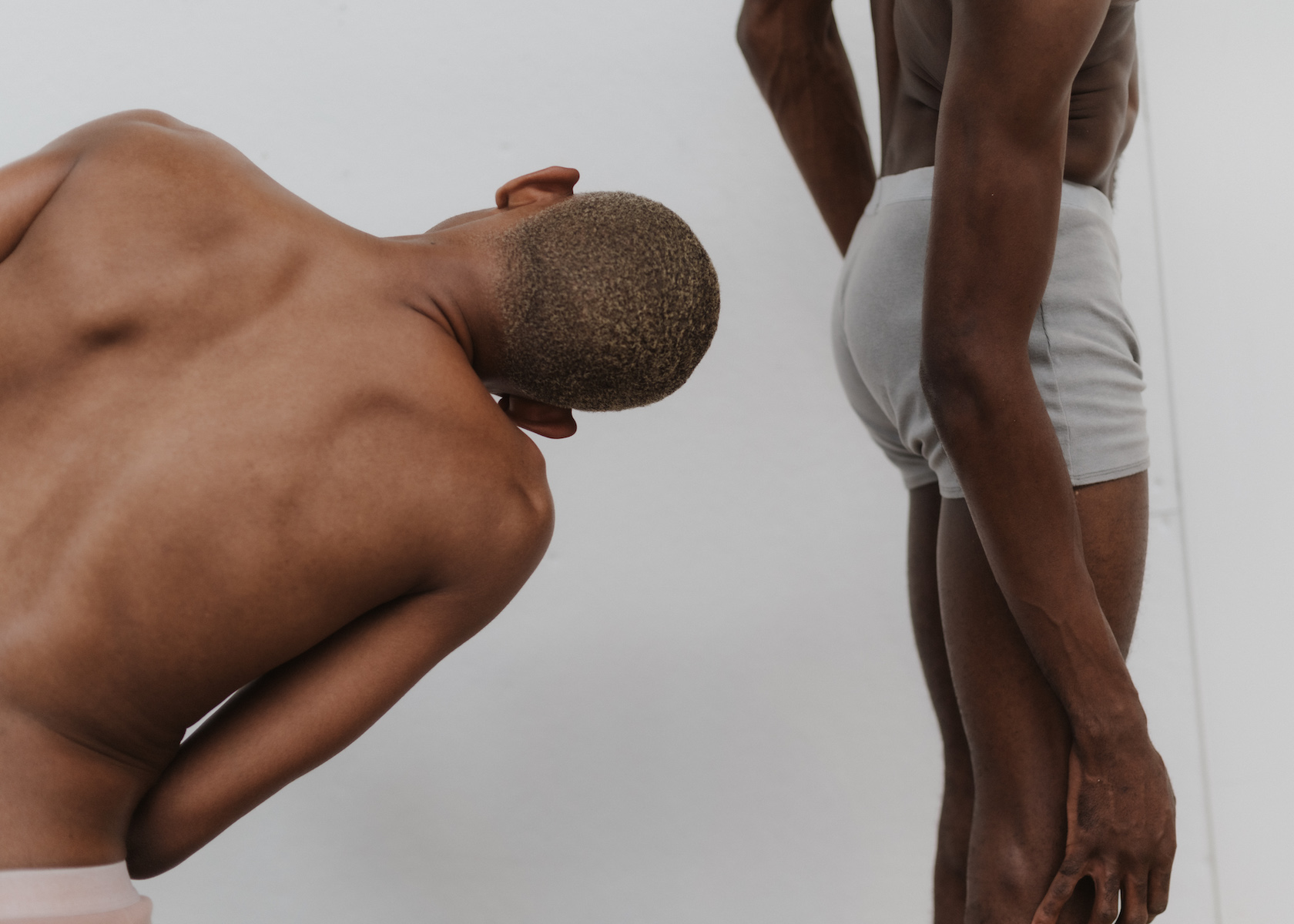
Go on Baserange’s website and you will see people that look like, well, people. People of all sizes and ages, with no airbrushing and no make-up, looking the way someone on the street might look, or you might look right now. It is surprisingly jarring at first glance, since it is so different from typical retail images with professional models and high-gloss productions. But then, Baserange was founded on the basis of doing things differently.
‘The brand was founded on the idea of creating imagery for women, having more flexible narratives around how we talk about women and our bodies,’ says Marie-Louise Mogensen, who co-founded Baserange with her friend Blandine Legait. ‘That was also the idea behind [our first product] of bras without wires to shape your breasts and that felt comfortable. We were thinking about the gaze and making sure we were creating products that were for our comfort rather than for other people to look at.’
Ten years of Baserange
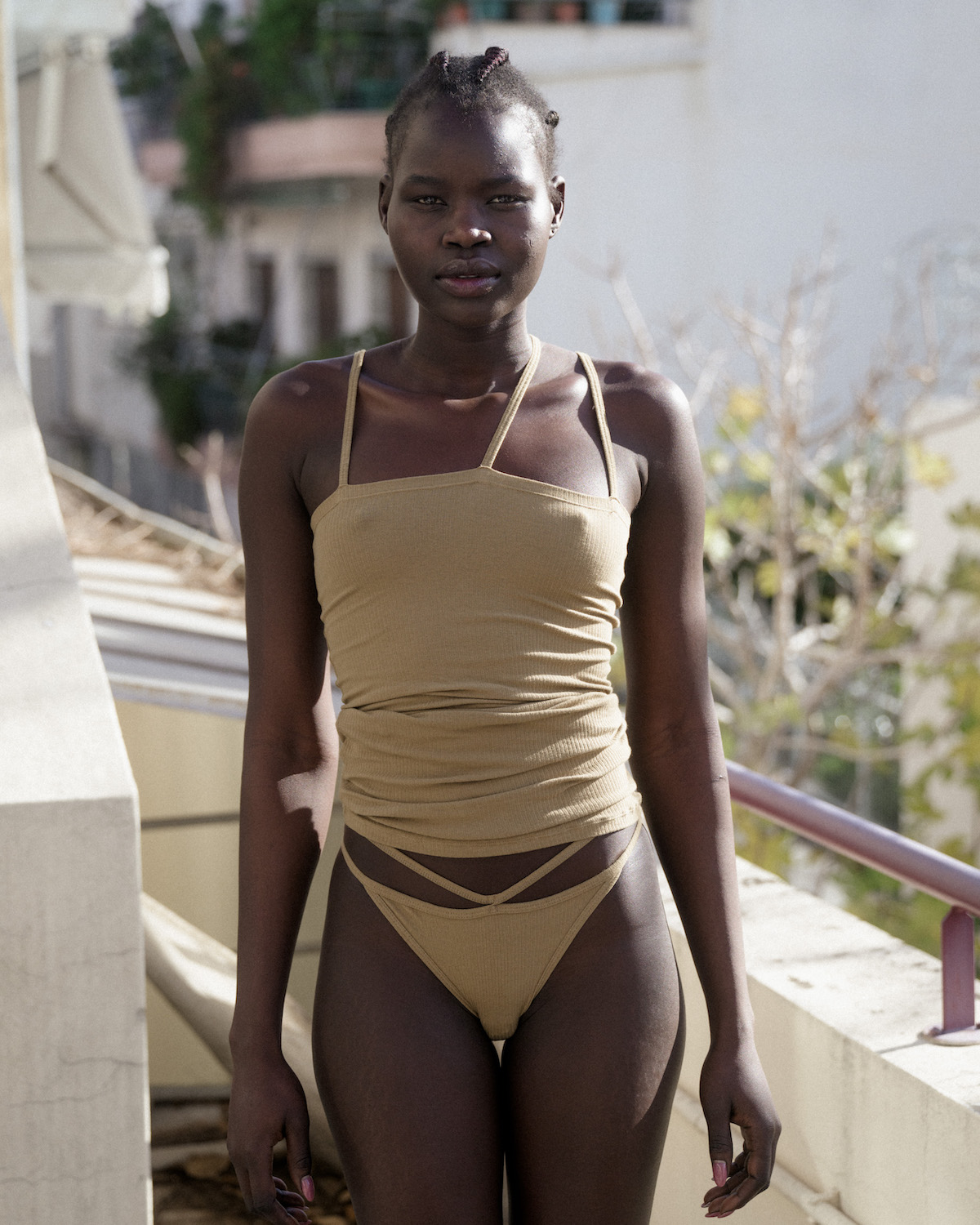
The Autumn 2024 collection
This might sound like a straightforward concept now, but when the brand started in 2012, Victoria Secret-esque images of women photoshopped to perfection in push-up bras and lacy thongs was the norm. Creating a brand that offered women comfortable, neutral-toned underwear and bras that were not sexy but also not dowdy; that were designed simply to make their wearers feel good about themselves – that was practically unheard of. So too was the use of natural and recycled materials like regenerative cotton, hemp, bamboo and wild silk in every one of their pieces.
Of course, plenty of brands these days preach their use of sustainable materials, but unlike most, Baserange is genuinely engaged in a constant and exacting process of exploring what materials and production practices will have as little impact on the environment as possible. Their website also includes an expansive database of all the factories they work with and interviews with the employees there, information about the certifications they use for their non-toxic dyes, and maps detailing their production network.
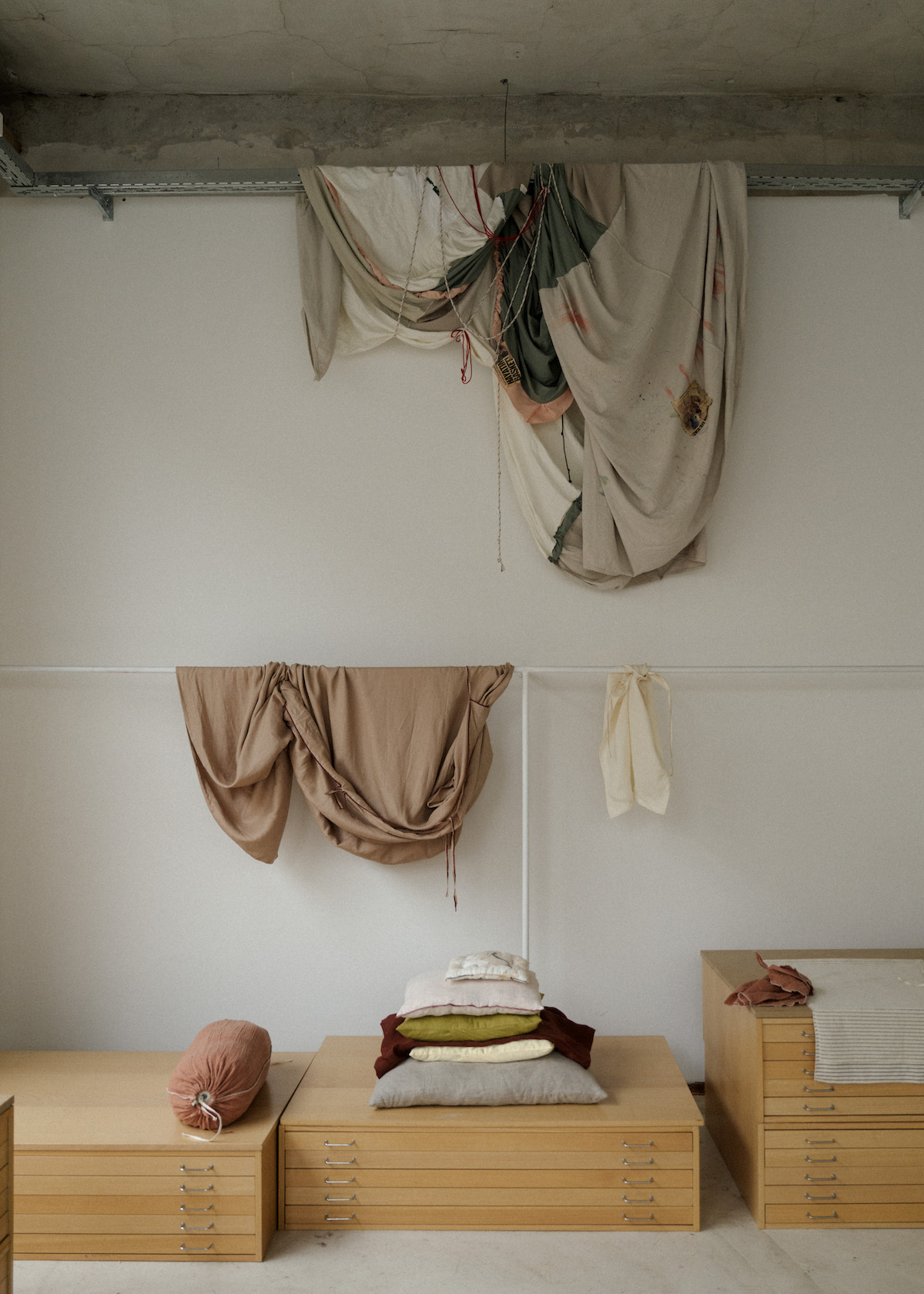
The new homeware line
This kind of transparency and dedication are admirable, but it does make the brand’s job much more complicated. ‘We have situations where a product is put into production and then we find out that the fibre won’t be possible for half a year,’ Mogensen says. ‘With these fibres, it's almost like two steps this way and then three steps back. On top of that, getting to know the areas and the processes [of production] and even how to do the shipping is complicated.’
It is a process that has gotten even harder as Baserange has extended their product offering from their original basics for women into a more varied clothing range and, as of this year, menswear and a homeware line. Still, moving into menswear with an initial line of underwear and T-shirts felt like a natural move for the brand, a way of making it, as Mogensen puts it, ‘not just a women’s story but a human story.’ The homeware line grew out of initial test products Baserange displayed around their Copenhagen store – pillows stuffed with fabric scraps, linen tablecloths – and seeing how customers engaged with them. Recognising a demand, the brand built out a collection that includes bed linens, towels and tablecloths made from the same materials as their clothes.

The Autumn 2024 collection
‘It’s hard being a part of a system that is very fast and speaks in numbers, and then at the same time, trying to exist in a way that is sustainable or healthy for people,’ says Mogensen. Still, for the team behind Baserange, there is no other way to go about creating. Clothes should be made consciously, with the ultimate aim of making their wearer feel comfortable physically and mentally, by fitting easily, looking good and adapting to fluctuations in their body. It is a no-brainer premise, but one that is still often lacking in the fashion industry. As Stine Kinch, designer and artistic director for Baserange’s home collection says, ‘we are trying to repair our relationship with an industry. It is important to always keep the conversation and questioning ongoing.’
Baserange is available from baserange.com and ssense.com.
Receive our daily digest of inspiration, escapism and design stories from around the world direct to your inbox.
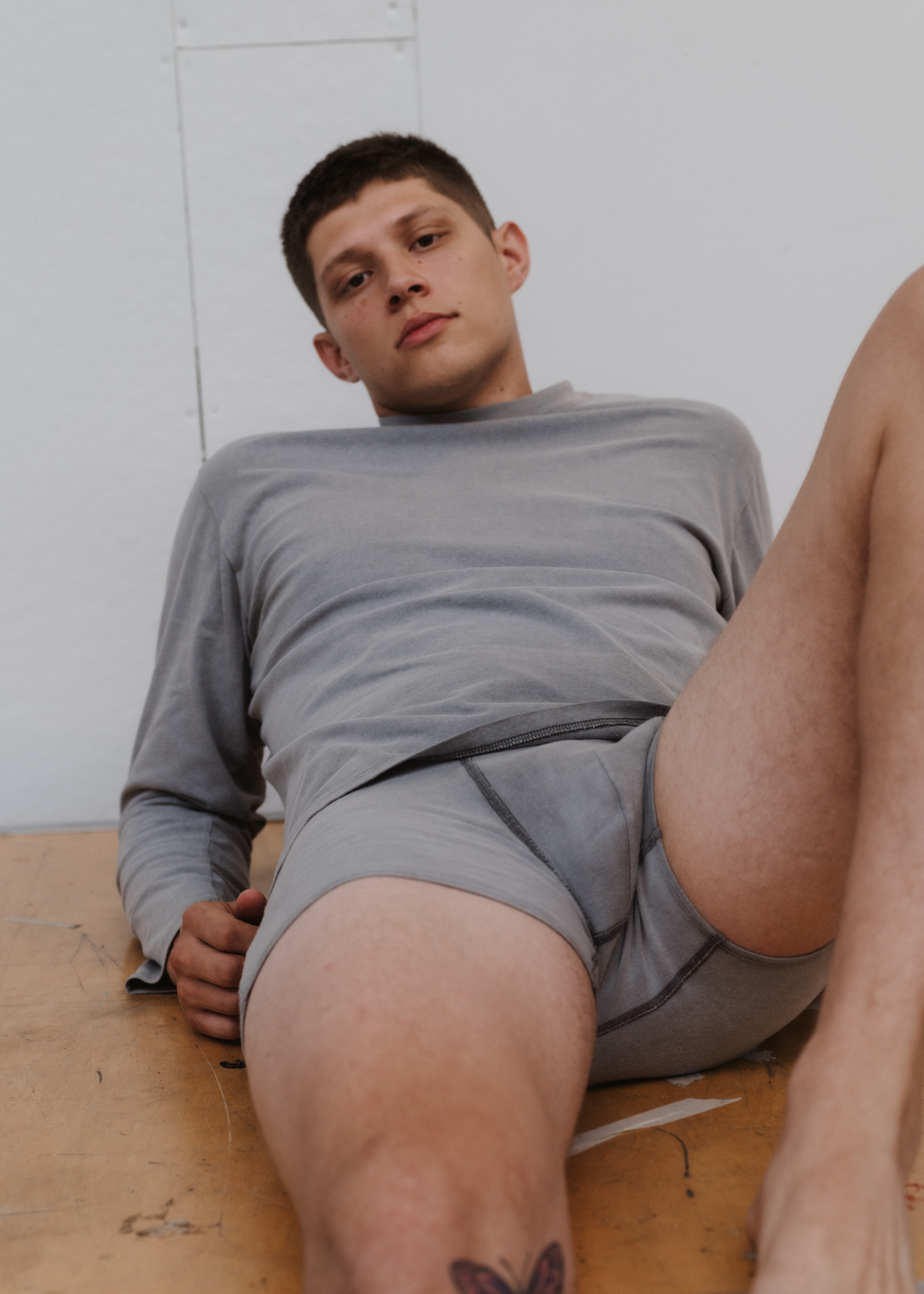
The new men’s collection
Mary Cleary is a writer based in London and New York. Previously beauty & grooming editor at Wallpaper*, she is now a contributing editor, alongside writing for various publications on all aspects of culture.
-
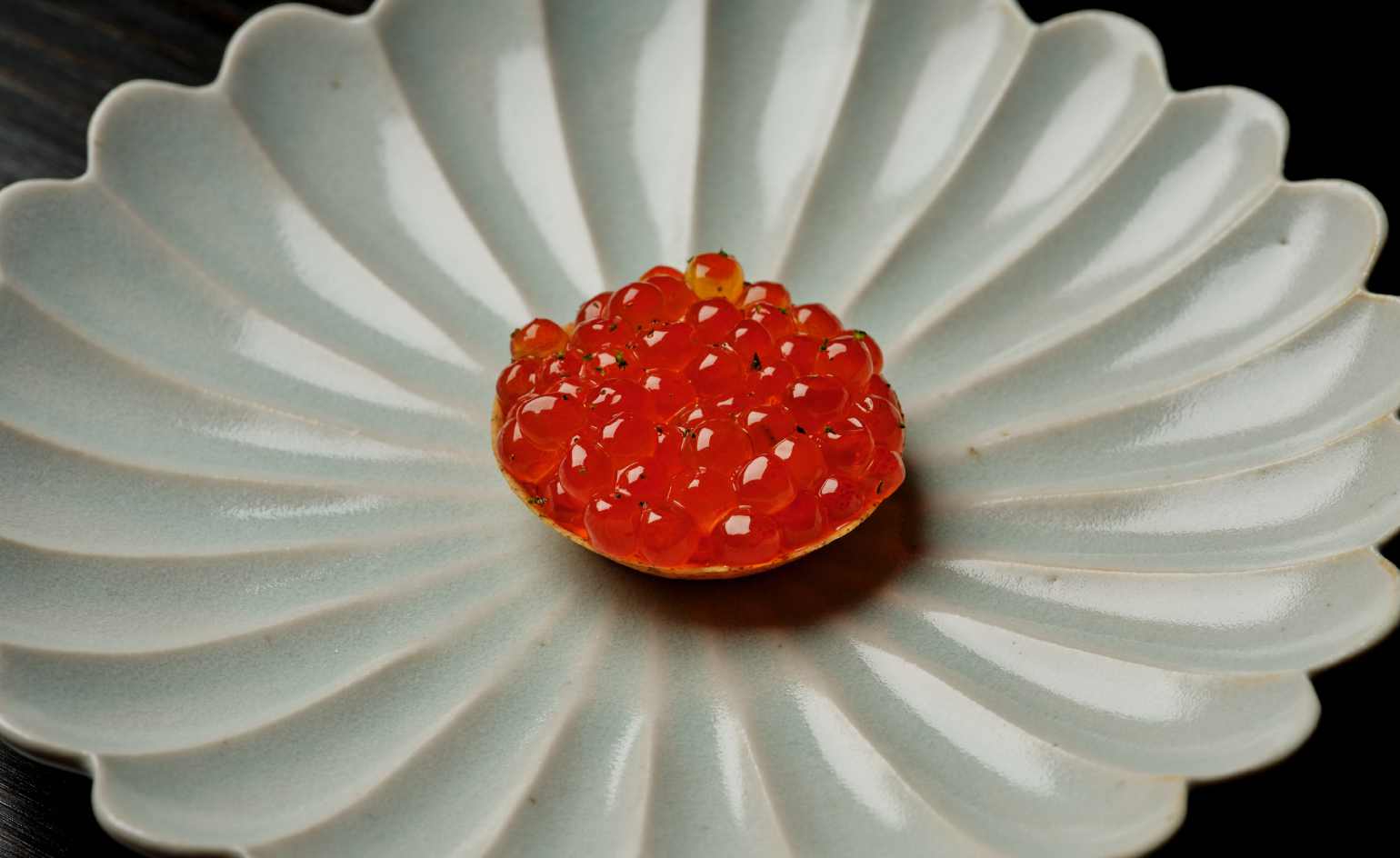 This cult Los Angeles pop-up restaurant now has a permanent address
This cult Los Angeles pop-up restaurant now has a permanent addressChef Brian Baik’s Corridor 109 makes its permanent debut in Melrose Hill. No surprise, it's now one of the hardest tables in town to book
-
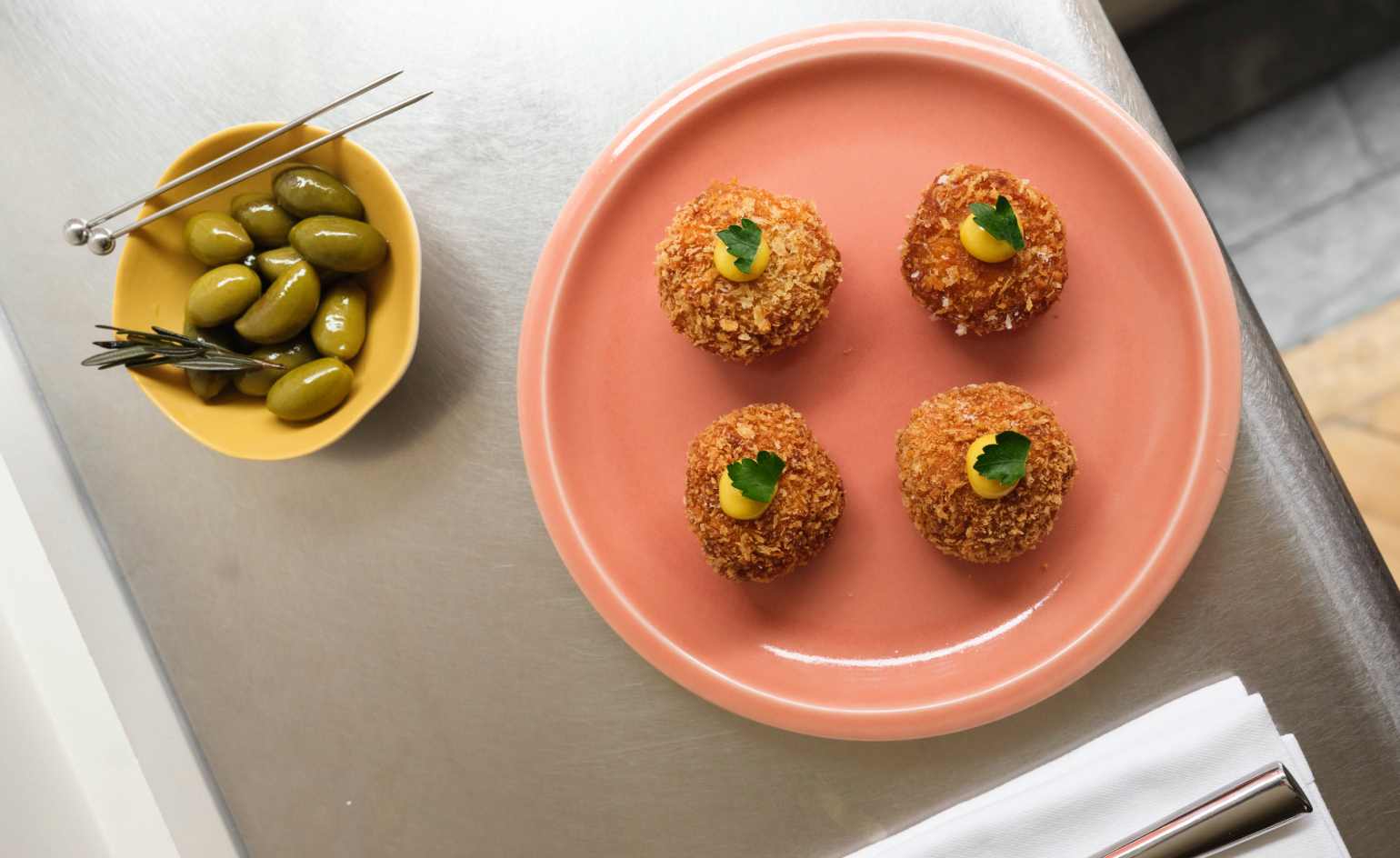 French bistro restaurant Maset channels the ease of the Mediterranean in London
French bistro restaurant Maset channels the ease of the Mediterranean in LondonThis Marylebone restaurant is shaped by the coastal flavours, materials and rhythms of southern France
-
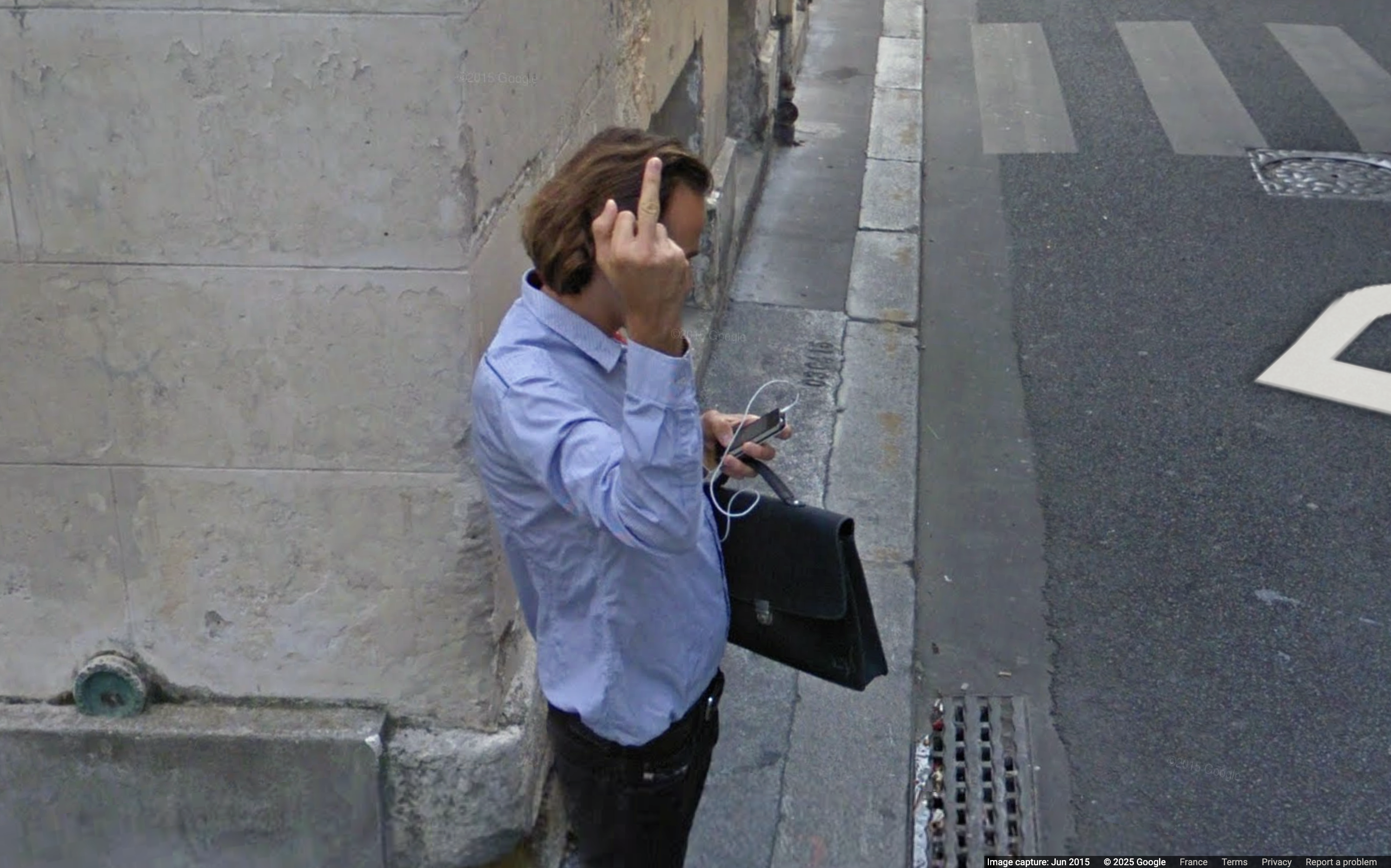 How ethical is Google Street View, asks Jon Rafman in Copenhagen
How ethical is Google Street View, asks Jon Rafman in CopenhagenIn 'Report a Concern - the Nine Eyes Archives' at Louisiana Museum of Art, Copenhagen, Jon Rafman considers technology's existential implications
-
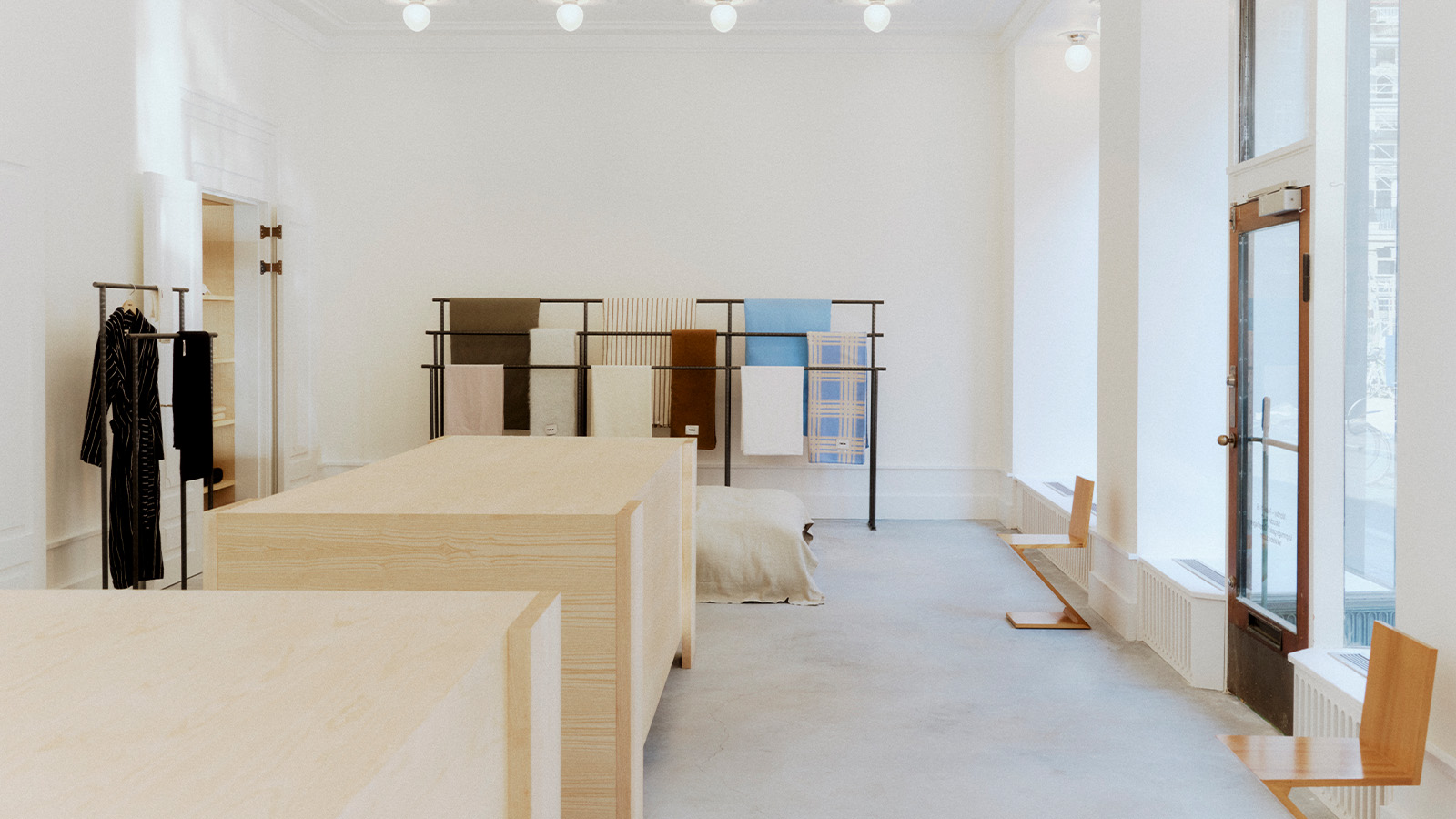 A guide to the best fashion stores Copenhagen has to offer
A guide to the best fashion stores Copenhagen has to offerWallpaper* picks the must-visit fashion stores in Copenhagen – from big-name boutiques and historic department stores to local labels and the best in second-hand, each presenting a fresh take on Danish design
-
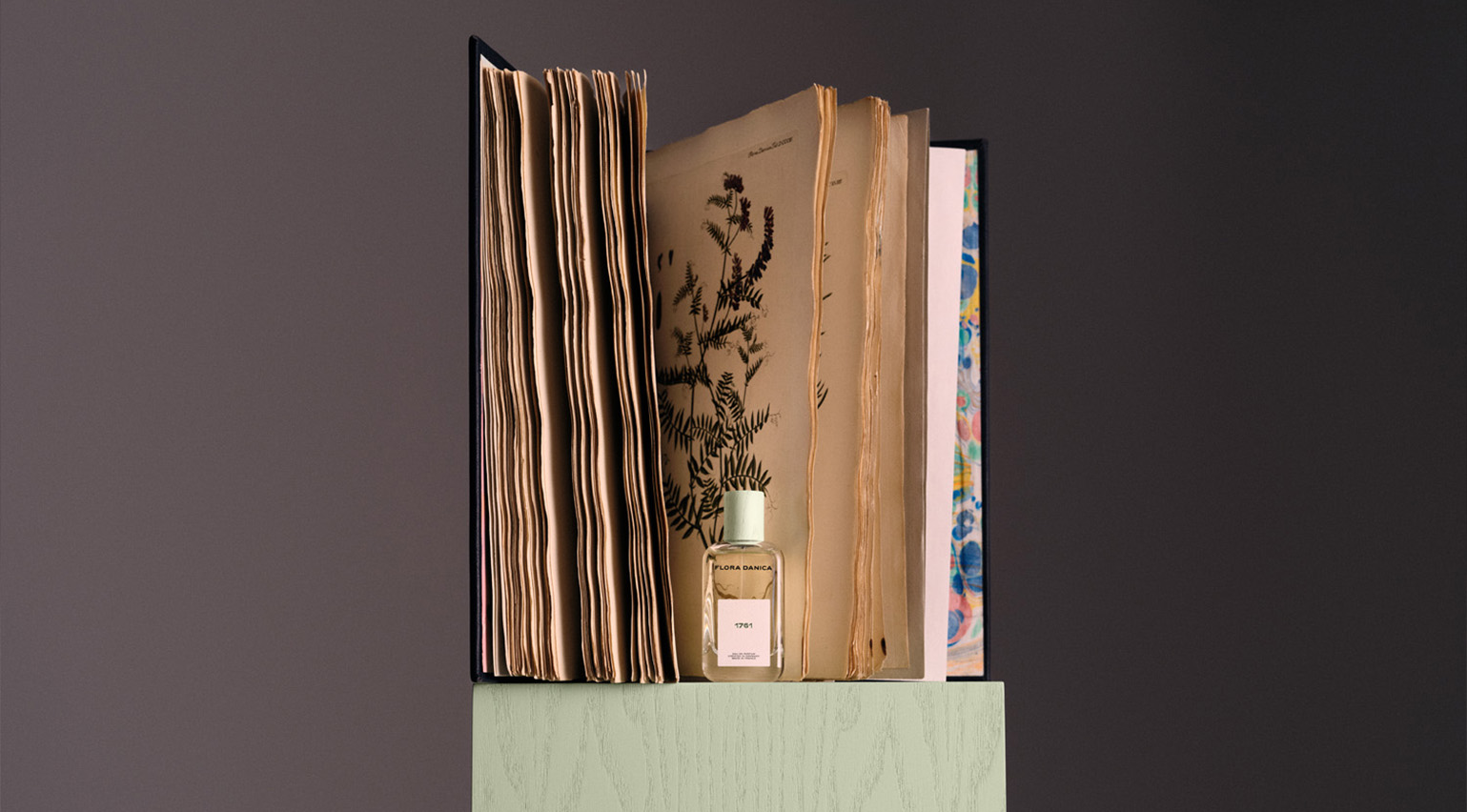 Introducing Flora Danica, a new Danish perfume house bottling the philosophy of hygge
Introducing Flora Danica, a new Danish perfume house bottling the philosophy of hyggeFlora Danica is a newly launched fragrance house rooted in Danish culture both past and present
-
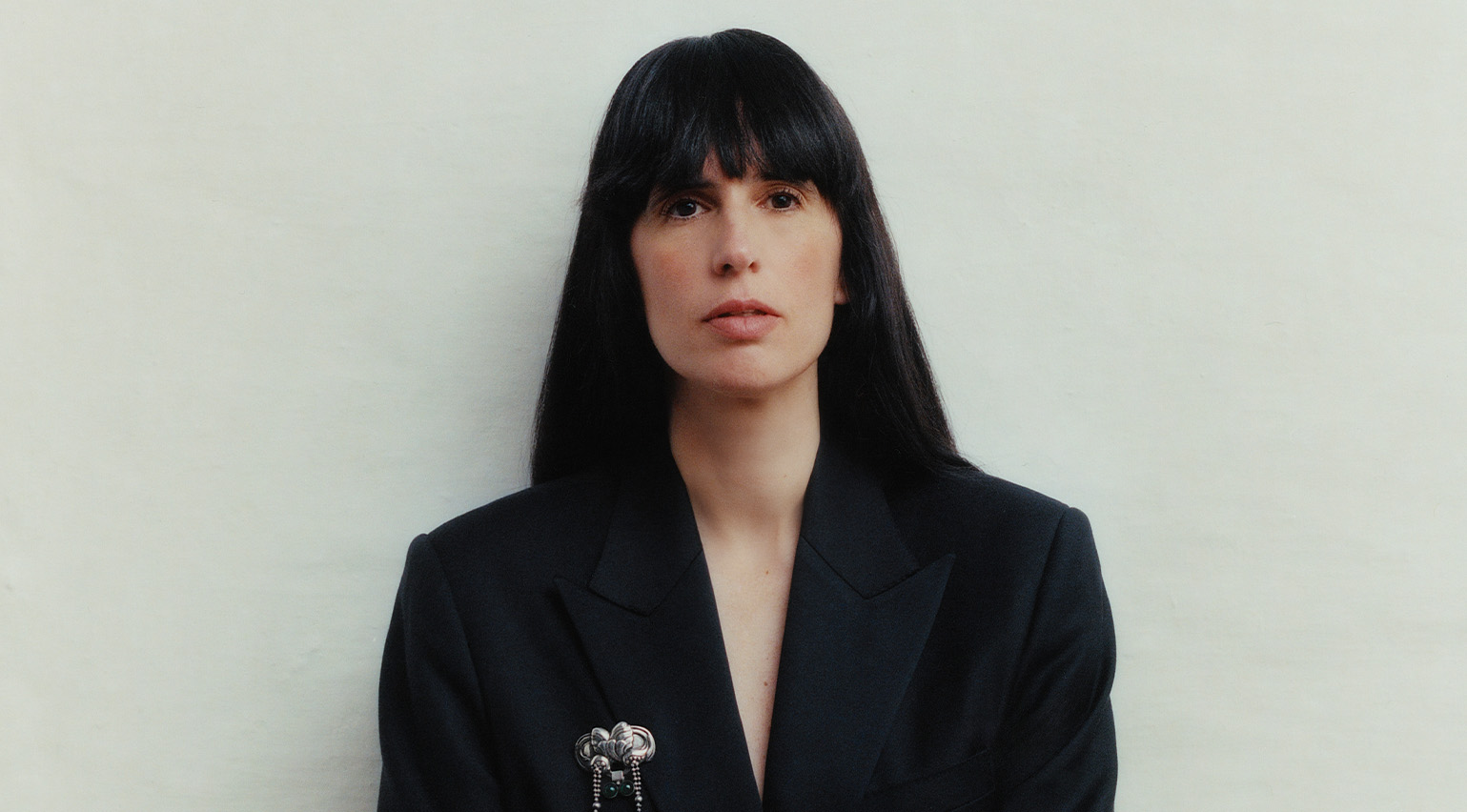 ‘120 years of artistry, of character’: How Paula Gerbase is breathing new life into historic Danish design house Georg Jensen
‘120 years of artistry, of character’: How Paula Gerbase is breathing new life into historic Danish design house Georg JensenPaula Gerbase, the newly instated creative director of Georg Jensen, speaks to Wallpaper* about bringing the 120-year-old silversmith into a new era
-
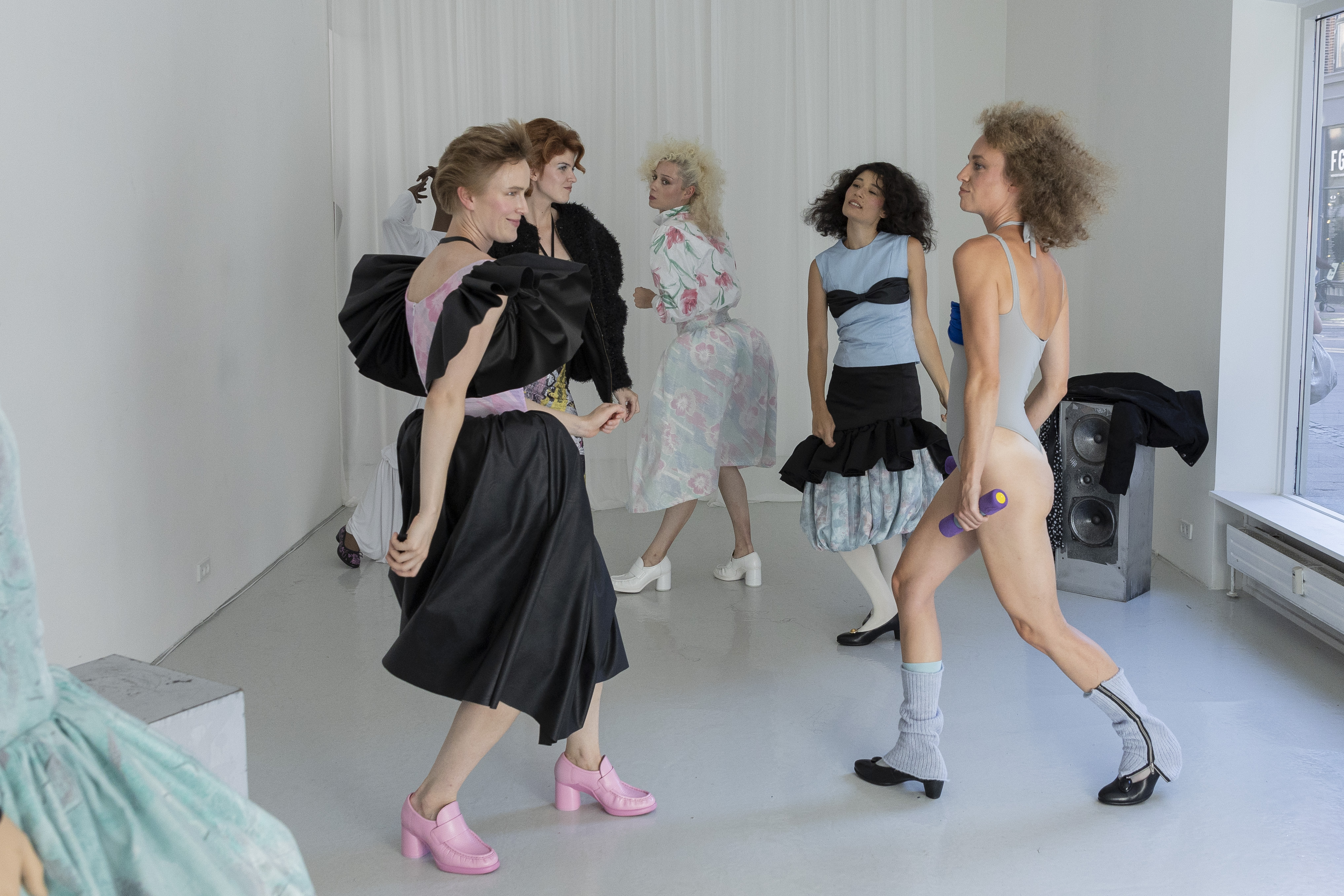 Five emerging Copenhagen Fashion Week designers to have on your radar
Five emerging Copenhagen Fashion Week designers to have on your radarNicole DeMarco picks five on-the-rise designers to watch from Copenhagen Fashion Week S/S 2025, which took place in the Danish capital earlier this month
-
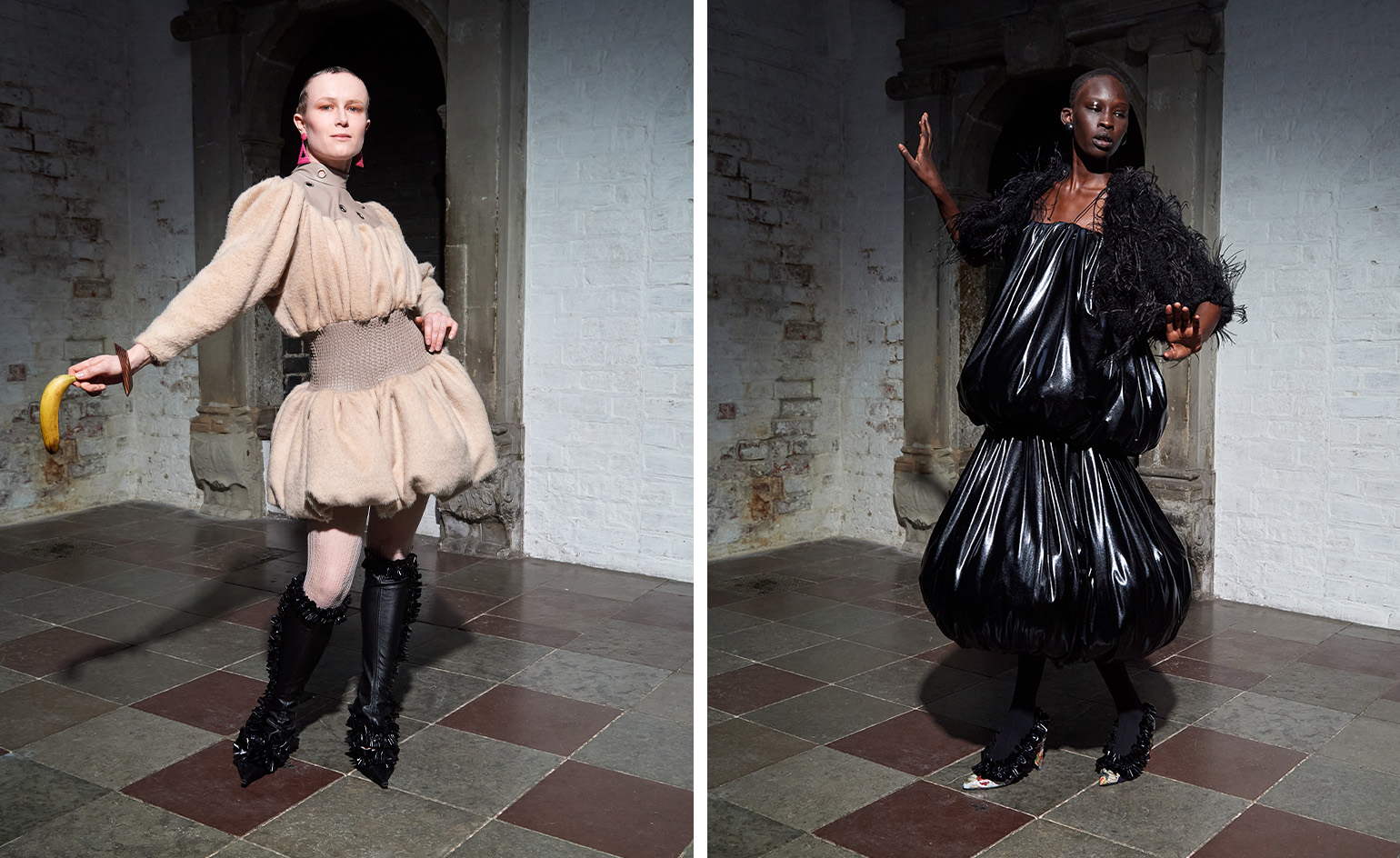 Nicklas Skovgaard is the Copenhagen-based designer spearheading a 1980s fashion revival
Nicklas Skovgaard is the Copenhagen-based designer spearheading a 1980s fashion revivalChosen by Wallpaper* in January as a fashion star to watch, Scarlett Conlon travels to Copenhagen to meet Nicklas Skovgaard, an on-rise-designer whose warped partywear is inspired by outré 1980s style codes
-
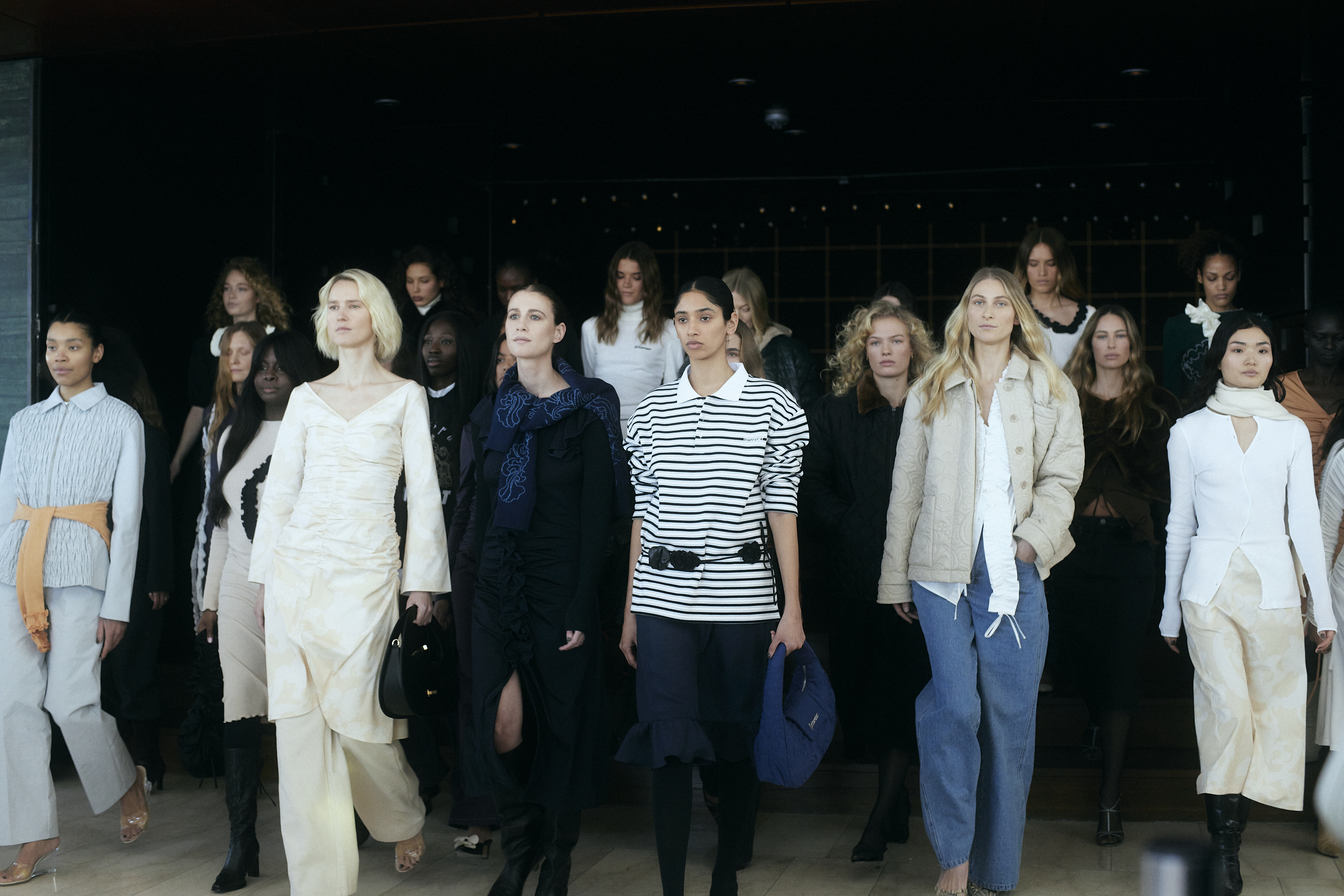 Copenhagen Fashion Week A/W 2024: the key shows and takeaways
Copenhagen Fashion Week A/W 2024: the key shows and takeawaysScarlett Conlon reports from Copenhagen Fashion Week A/W 2024, where the event’s sustainable credentials met creative and pragmatic collections from the locale’s eclectic designers
-
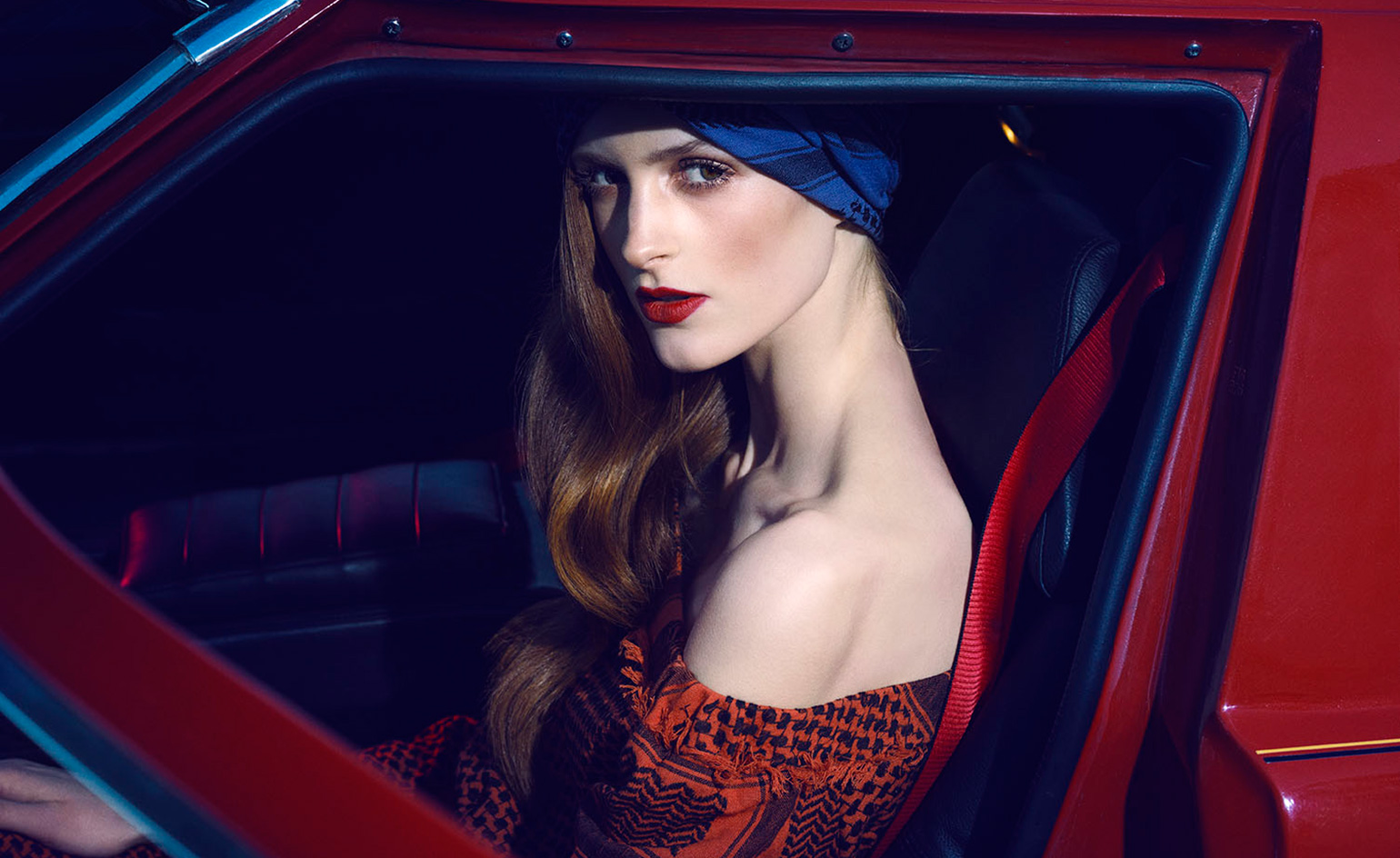 Print perfect: a look inside the rise of Danish label Cecilie Copenhagen
Print perfect: a look inside the rise of Danish label Cecilie Copenhagen